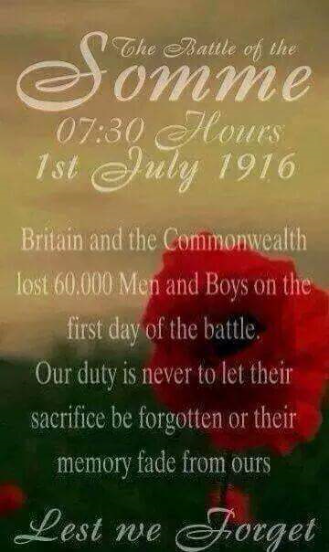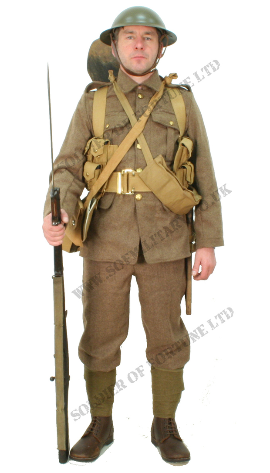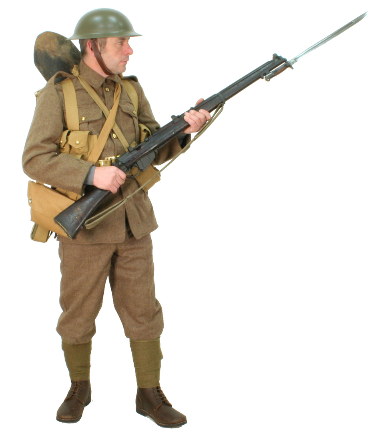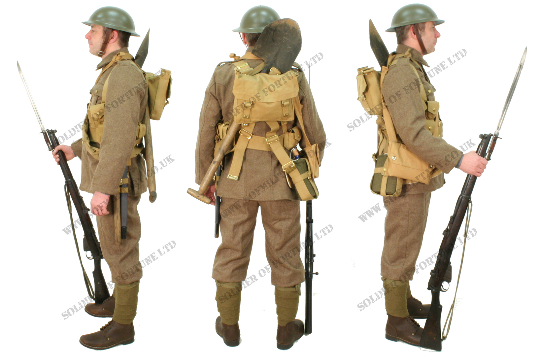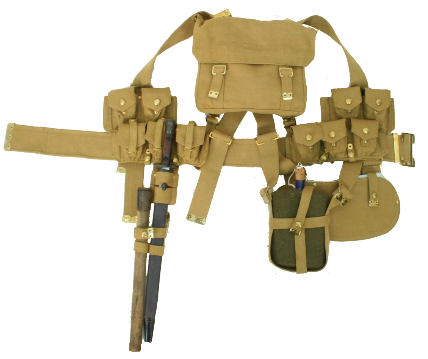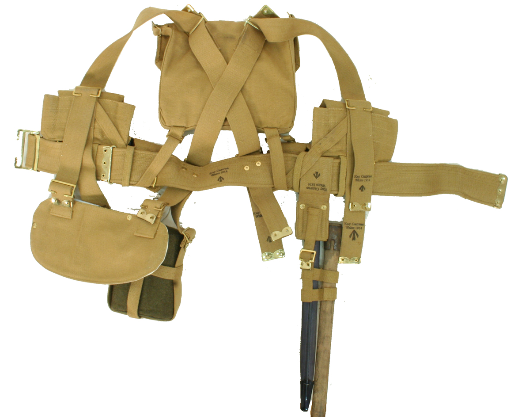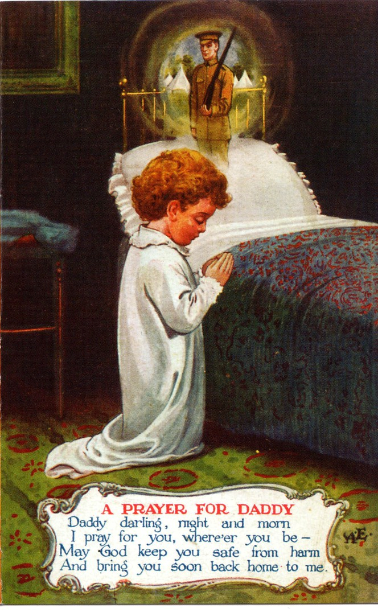
The Somme
Here is a list of the names of soldiers (from Simon Daniels) that were fighting at the Somme who were then were sent to Netley hospital and later died of their wounds. They are buried in the cemetery.
Pte. John Bayliss, 2nd Lt. James Thursby Roberts, Sgt. William Money, Pte. Percy Willoughby, Pte. Martin McGrath, Pte. John McMahon, Pte. Charles Bryan, Pte. John Fiddler, Pte. Joseph Russell, Lce. Cpl. Christopher Holmes, Pte. Henry Chalkley, Rifleman James Mearns, Pte. James Dorney, Sgt. Oswald Barr, Pte. Edward Henry Brophy, Pte. J. McLeod, Pte. J. MacLean, Pte. G. Thompson, Pte. O. Alvey, Pte. C. Wilkins, Pte. J. Edwards, Pte. C. Stewart, Pte. Norman Elmo Anstis, Pte. John Black, Pte. Albert Ernest Frampton, Corp. John Christian Monson, Pte. John Edwin Balme, Pte. Jessop, Pte. Greig, Lance Cpl. Chappell, Pte. Archibald Mackie, Pte. Charles Parkinson, Pte. Harry Owen, Pte. Frank Barnes, Pte. Palmer and Pte. Webster.
WW1 British Army Soldier Uniform from the Somme 1916.
British Infantryman in the Somme Offensive July 1916.
On the 1st July 1916 the Battle of the Somme started with a major British attack on the German lines. That fateful first day turned out to be the most costliest day in the British Army's
history.
The Somme offensive was the first major engagement of Great Britain's "New Army" which was largely composed of volunteers who had rushed to join up and answer the call to "fight the Hun" for "King
and Country". That first day promised so much with the enthusiasm of the new volunteers and a so called plan from the high command gave everyone confidence of victory. Unfortunately the day did not
go to plan with some 60,000 British soldiers being killed, wounded or taken prisoner within a few hours for very little gains. The Battle of the Somme was a series of operations which were to last
until 19th Novembers 1916.
What clothing did the British Army wear in 1916 at the Battle of the Somme in the First World War?
Helmet cover. These were often used to break up the distinctive silhouette of the MK1 Brodie helmet.
Trench Cap. This replaced the SD cap which had a stiff peak which proved to be unpractical for wear in the trenches. The Trench cap was a softer cap which could be folded and carried in the pocket when the Brodie helmet was worn.
1902 SD Tunic. Four pocket wool tunic with brass buttons. Later in the war the Army introduced an economy version of this tunic which had some of the features removed to allow the tunic to be made quicker, both versions where used till the end of the war. This British "New Army" soldier wears corporal stripes on the arms of his SD tunic.
1902 SD Trousers. Wool trousers to match the SD tunic
Grey back shirt. The Grey back wool flannel shirt that was worn in the first world war is basically the same shirt that was worn by the British Army in the early nineteenth century with the famous red tunic. It was a collarless shirt and was pulled on over the head as it had a half button closure on the front. It was called the grey back as it was usually made from light grey flannel
B5 WW1 Ankle Boots. The British Military Army boot of WW1 was called the B5 boot, it was a brown leather ankle boot with a leather sole which was studded with metal studs. The uppers were heavy leather with the rough side out which was also oiled. Unlike modern combat boots the toe front is square shaped.
Long putties. Long wool putties that wrap around the lower leg from the boots to below the knee.
Webbing and Equipment of the British Soldier at the Somme offensive in July 1916.
| PH anti gas hood. The PH hood was the same as the earlier P hood which
had been dipped in Hexamine (which was highly absorbent of phosgene gas) making it the PH hood.
Smoke Hood pouch. This carried the Smoke Hood (Hypo helmet) or the later P and PH hoods. SBR mask and bag. The Small Box Respirator was introduced during the Battle of the Somme in August 1916. The S.B.R. was developed to replace the PH hood which could only withstand a certain amount of gas and would eventually fail in high concentration of gases. The SBR was issued in a bag which could be worn in several positions. SMLE Enfield rifle. The Short Magazine Lee Enfield was the standard small arm issued to the British Army in the First World War and although it was modified several times it was still in service with the British military in WW2. The SMLE was introduced in 1902 and was called "Smelly" (SMLE) by most soldiers. The SMLE Mark 1 (officially renamed in 1926 to Rifle Number 1, Mark 1) by the end of the WW1 the SMLE had gone through a few minor changes and improvements the last model before the end of the war was the Mark III*. 1908 SMLE Webbing rifle sling. As part of the new P1908 webbing, the leather Enfield rifle sling was replaced with a cotton webbing version which had brass buckles on the end which made adjusting the sling quicker and easier. 1907 Bayonet. The S.M.L.E. rifle was a shorter rifle than its predecessor so a longer bayonet was needed, the first pattern 1907 bayonet featured a Hook quillons on the cross guard by the time of the battle of the Somme the hook quillon had been removed. The 303 1907 bayonet was carried in a leather scabbard which had a metal throat and tip. SMLE 5 rounds and clip. The bullet, rounds, for the S.M.L.E. where issued in a clip of 5 rds these where then loaded into the SMLE. The SMLE could hold 2 five round clips. The clips where issued in cotton bandoliers. Cotton SMLE 303 bandolier. The bandoliers held 5 x 5 rd charger clips of .303 Mk VII infantry bullets. Each soldier in WW1 was to carry 150 rounds of Small Arms Ammunition (SAA). The cotton bandoliers where either carried slung across the body or fitted into the P1914 leather ammunition pouches or removed from the bandoliers and placed into the pockets of the P1908 webbing ammunition pouches. Mills Grenade. In May 1915 Mills bomb was introduced to the British Army, it was named after it's inventor William Mills. The first model was called the Number 5 grenade later in 1917 a revised model called the number 36 was issued |
P1908 Webbing Equipment.
The British WW1 1908 webbing equipment carried all the soldiers kit that he would need in the field or trenches. The 1908 webbing system carried his 303 rifle ammunition, Enfield 303 bayonet, entrenching tool, food rations, mess tins, knife fork and spoon, water bottle, drinking cup, spare clothing, wash kit, housewife sewing kit etc
|
1908 Pattern MK2 webbing set. The British Army was one of the few Countries in the early 20th Century that had changed from leather equipment to the new cotton webbing. The new 1908 pattern webbing was lighter, more
comfortable, gave better weight distribution and fitted together better than previous systems. The Non Marching Order webbing set consisted of the following:
|
This information is taken from the Soldier of Fortune website which has an amazing array of re-enactment uniforms.
